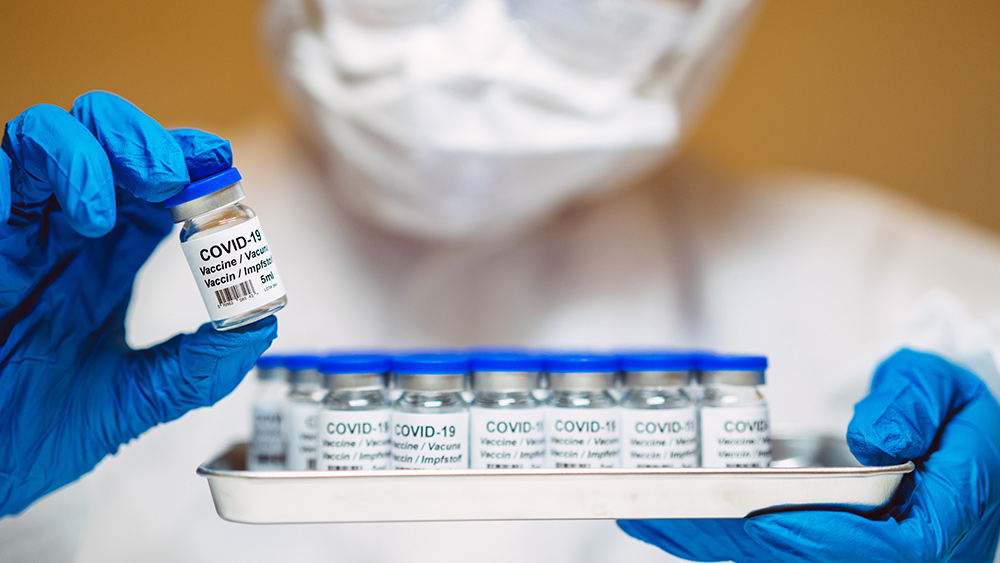 Parler
Parler Gab
Gab
- Russian President Vladimir Putin announced the successful test of the Poseidon nuclear-powered underwater drone, confirming its nuclear reactor was activated mid-mission. The weapon—65 feet long, 100 tons, with a 6,200-mile range—can allegedly evade detection, dive deeper than 3,000 feet and deliver 2–100 megaton warheads, potentially triggering radioactive tsunamis.
- It follows Russia's Burevestnik nuclear cruise missile test (dubbed "Flying Chernobyl" due to radiation risks), escalating tensions amid the Ukraine war. Putin claims both weapons have no global equivalents and cannot be intercepted by existing defenses.
- Trump criticized Putin for prioritizing weapons tests over ending the Ukraine war, asserting the U.S. has its own nuclear deterrents. Kremlin propagandists have threatened NATO nations (especially the U.K.) with Poseidon deployment, framing it as retaliation for opposing Russia.
- Analysts argue Poseidon's nuclear propulsion + warhead effectively creates a "dirty bomb," making it impractical except as a doomsday weapon. Russia's existing ICBMs (e.g., "Satan II") are seen as more reliable for nuclear strikes.
- The New START treaty expires in 2026, risking a return to unrestricted nuclear competition between the U.S. and Russia. Putin's tests signal readiness for escalation, leveraging fear of unmatched weapons to deter Western intervention in Ukraine.
A weapon of mass destruction
Military analysts warn that the Poseidon's primary function is to deliver a catastrophic nuclear payload, estimated between two and 100 megatons. Such a payload would be capable of triggering radioactive tsunamis that could render entire coastlines uninhabitable. A 100-megaton warhead would be equivalent to 5,000 Hiroshima bombs, raising fears of unprecedented devastation if deployed. Putin boasted that the Poseidon's destructive power exceeds even Russia's Sarmat intercontinental ballistic missile (ICBM), nicknamed "Satan II" by NATO, which itself carries a 10-megaton warhead. The Poseidon test follows Russia's Oct. 21 launch of the Burevestnik nuclear-powered cruise missile, which Putin claims has "unlimited range" and can evade missile defenses. The Burevestnik – referred to by Western analysts as "Flying Chernobyl" – has been criticized as a reckless weapon due to concerns that its nuclear propulsion system could spew radioactive contamination if malfunctioning. U.S. President Donald Trump responded sharply to Russia's latest nuclear saber-rattling, urging Putin to focus on ending the Ukraine war rather than escalating tensions. "It doesn't have to go 8,000 miles," Trump told reporters aboard Air Force One on Oct. 27, referencing the Burevestnik's claimed range. "I don't think it's an appropriate thing for Putin to be saying, either, by the way: You ought to get the war ended. The war that should have taken one week is now in its fourth year; that's what you ought to do instead of testing missiles." Trump also pointed out that the U.S. has its own nuclear deterrents in place. "They're not playing games with us," he commented. "We're not playing games with them either."A threat to NATO and beyond
Russian state media has previously threatened North Atlantic Treaty Organization countries, particularly the United Kingdom, with Poseidon deployment. Last month, a Kremlin propagandist warned: "The British say their task is to inflict strategic defeat on us. Well, let them say it from underwater." But security experts, including Philip Ingram, question the practicality of the Poseidon as a conventional weapon. "If it's nuclear-powered at its propulsion end, and you've got something that goes bang at the other end, then you've just created a radiological dirty bomb," the former British military intelligence officer said. "The only way you could practically use it is with a nuclear warhead. And actually, Russia's ICBMs can do the job much better anyway." The tests come as the New Strategic Arms Reduction Treaty (New START) – the last major nuclear arms control agreement between the U.S. and Russia – is set to expire in February 2026. Without renewal, the world's two largest nuclear powers will face each other with no binding limits for the first time in decades. As Russia continues its offensive in Ukraine, seizing territory in eastern regions, Putin's latest nuclear demonstrations appear designed to signal Moscow's readiness for escalation – even as Western leaders warn against further provocation. Watch this video about Russia's Poseidon torpedo, the underwater drone that can sink Britain and America. This video is from The Prisoner channel on Brighteon.com. Sources include: TheEpochTimes.com TheSun.co.uk FoxNews.com BrightU.ai Brighteon.comRussia warns of Western-backed nuclear sabotage plot at Zaporizhzhia plant
By Belle Carter // Share
North Korea fires ballistic missile toward Japan after U.S. sanctions
By Cassie B. // Share
Trump floats joint U.S.-Russia-China denuclearization plan
By Kevin Hughes // Share
Trump administration revives STRICTER visa screening rules under expanded “public charge” policy
By Belle Carter // Share
Heat turns everyday plastics into a microplastic health crisis, experts warn
By Jacob Thomas // Share
Inside the crackdown: The secret deaths and political struggle shaking China’s army
By Willow Tohi // Share
Governments continue to obscure COVID-19 vaccine data amid rising concerns over excess deaths
By patricklewis // Share
Tech giant Microsoft backs EXTINCTION with its support of carbon capture programs
By ramontomeydw // Share
Germany to resume arms exports to Israel despite repeated ceasefire violations
By isabelle // Share










